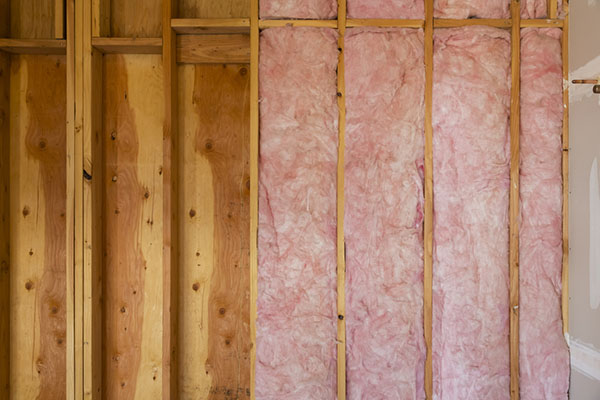Saving money on energy costs frees up cash to travel, spoil the kids or play an extra round of golf. Experts say up to 70 percent of the energy used in your home goes toward heating or cooling. Cutting down on that percentage translates into valuable cost-savings.

Crawl space insulation, attic insulation and roof insulation may not sound all that exciting, but all three are proven money-savers when it comes to your energy bill.
How Insulation Works
Insulation affects a home’s heat flow resistance. Simply put, this means that the insulation directly impacts how much money you spend on heat or air conditioning. An insulator material’s ability to slow heat flow is measured in thermal resistance, or R-Value. A higher R-Value means that the product offers a stronger barrier against heat flow, which translates into a more effective insulation. Here’s a quick overview of the most common types of insulation and their R-Values.
- Insulation board – This type is also called “foam board” and has an R-Value of 3.8–5.0 per inch. It’s used primarily for unfinished walls, floors, ceilings and low-slope roofs.
- Cellulose insulation – It is typically made from around 80 percent recycled materials and has an R-Value of 3.6–3.8 per inch. It’s used as loose-fill in walls, vaulted ceilings, and open attics and can be added on top of existing insulation.
- Fiberglass insulation – This type comes in both batts (blanket insulation) and as a loose-fill product. Because it comes in low-to-high density options, the R-Value ranges from 11–38. It is used in walls, ceilings, attics and floors.
- Blown-in insulation – This can be either ground up insulation board, fiberglass or cellulose and refers to the method in which the insulation is installed. The R-Values will vary depending on the material used in the blown-in product. It is used for enclosed spaces or walls, unfinished attics and areas that are hard to reach with other methods.

Fiberglass insulation.
Just as not all insulation is created equal, neither is its placement in your home. The National Retail Hardware Association and the U.S. Department of Energy (DOE) both recommend that when insulating your home, you start at the top. That’s because hot air rises, and optimal energy efficiency means keeping in as much of that heat as possible.
While it may seem counterintuitive, air conditioning is also affected by insulation. A properly insulated home is sealed against the elements. This means that cold air stays in, and your HVAC system doesn’t have to work as hard to maintain a comfortable temperature, regardless of the outside weather. An HVAC system that isn’t straining to keep your home cool, means your summer energy bill shouldn’t be quite as high.
- Attic insulation – Most attics have loose-fill or batt insulation. When re-insulating an attic space, you should also check for air leakage. Air-sealing can help save up to 10 percent on your energy bill. People who live in warmer climates should also consider adding radiant barriers, which will reflect incoming heat away from the home.
- Roof insulation – This will typically include adding insulation board to the interior of low-sloped roofs, offering some protection from heat-loss.
- Wall insulation – Depending on your home’s construction, wall insulation could include just about any of the common types. Updating the existing insulation will likely require the use of blown-in or spray foam insulation.
- Crawl space insulation – Often grouped with wall insulation, this will usually include a blown-in or spray foam insulation as crawl space can be hard to insulate using other methods.
Do The Math
Now that you know the types of insulation and where they’re used, take a minute to calculate how much you could save by updating or adding to your home’s existing products. The DOE has a calculator for homeowners that lets you compare your energy bills with those of similar areas, and see what you could save by making sure your home is properly insulated. You can find it here.
As you can see, the long-term savings really add up. The first step toward big savings for your home is getting a free inspection for insulation. Terminix® offers several different insulation solutions that can be customized for your home. Call Terminix, or visit Terminix.com today.


